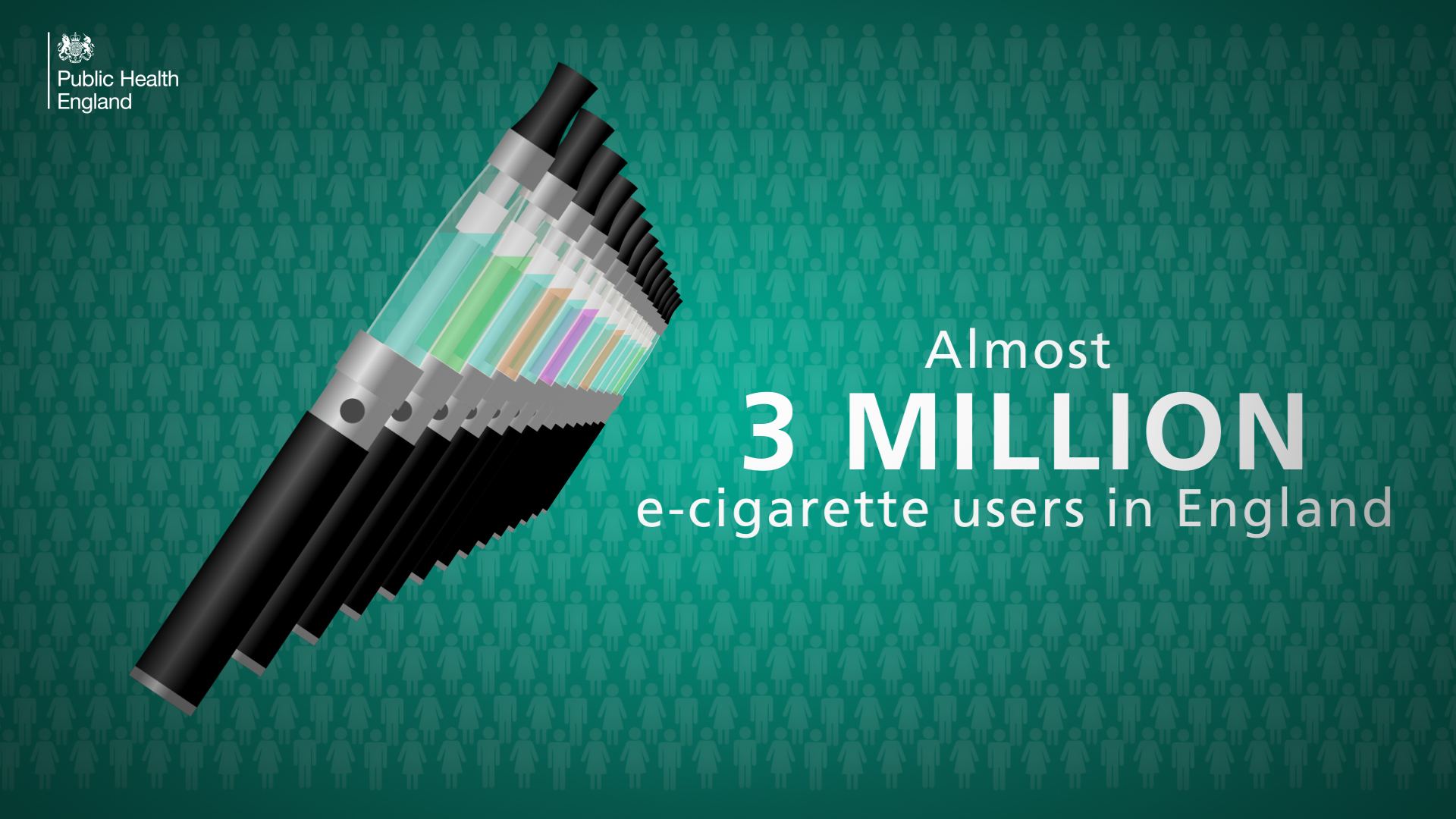
Following the recent publication of our updated review of e-cigarettes (ECs) and the news headlines that followed about vaping in hospitals, this is a good time to set out the role we think ECs can play in helping create a smokefree NHS and to make clear our position.
Back in 2016 we published advice to support organisations in developing policies on vaping that are based on the evidence and support smokers to quit while managing any identified risks.
There is no ‘one size fits all’ approach – what works for one organisation may not be appropriate or suitable for another.
PHE therefore does not prescribe any one policy. It is ultimately up to each organisation, including NHS trusts, to decide what works best for their staff and all users of their sites.
However some core principles apply, and we have set out the following framework to guide policy discussions:
- Make a clear distinction between vaping and smoking
- Ensure policies are based on evidence of harm to bystanders
- Identify and manage risks of uptake by children and young people
- Support smokers to stop smoking and stay smokefree
- Support compliance with smokefree law and policies
A smokefree NHS: a commitment and a challenge
Back in 2016, PHE wrote to all NHS trusts offering our support and highlighting the three things that make a trust smokefree:
- Every frontline professional discussing smoking with their patients
- Stop smoking support offered on site or referral to local services
- No smoking anywhere in NHS buildings or grounds
So far, I’m delighted to say we are making good progress. Public Health England, The Department of Health and Social Care and NHS England have all committed to helping all NHS trusts make this a reality as part of the Tobacco Control Plan and the Five Year Forward View.
Mental health trusts are well on their way to delivering the national CQUIN indicator for Preventing ill health by risky behaviours which requires them to identify inpatients who smoke and support them to quit. This programme extends to acute trusts from April this year.

Vaping supports smokefree environments
Allowing vaping in all or part of the hospital grounds can support compliance with the smokefree policy. And, the easier you make compliance, the less you depend on enforcement.
What’s important is that when trusts set their vaping policies, they strike a balance that works for everyone, whether that’s staff, patients or visitors. We know that unlike cigarette smoke, there is no evidence that passive exposure to vapour is harmful to health which is why vaping may be permitted where smoking is not.
But each trust will have particular considerations to take into account. For instance, people with asthma and other respiratory conditions can be sensitive to a range of environmental irritants, which could include e-cigarette vapour and adjustments may need to be made to accommodate their interests.
Our advice is that it should be made an easier choice for staff, patients and visitors using hospital sites to vape than to smoke. Exactly how each trust achieves it is up to them. Experience so far indicates that some acute trusts have chosen to convert smoking shelters into vaping shelters, or to allow vaping in designated outdoor areas.
Mental health trusts, where the proportion of patients that smoke is very high and people may spend extended periods in hospital including in closed units, have developed approaches including allowing vaping in specific indoor areas. Some policies may develop over time, as trusts find out what is workable within their own circumstances.
Helping smokers quit saves both lives and money
For the quarter of all patients occupying beds in acute hospitals who smoke, and the even higher proportion in mental health trusts, quitting is the best thing they can do for their health.
To be smokefree, hospitals need to support patients who smoke to quit and stay smokefree. In addition, all smokers including staff and visitors should be able to buy a choice of stop smoking aids (which could include EC) from the hospital shop.
Smoking remains the leading cause of premature death in England and the burden of smoking on the NHS is massive: every minute someone is admitted to hospital as a result of their smoking and the total annual cost is estimated at £2.6bn.
Supporting smokers to quit will reduce these costs – smokers who manage to give up reduce their lifetime cost to the NHS and social care by almost 50%.
Tackling the devastating harm of tobacco is a national priority and the NHS must be front and centre for us to secure a smokefree generation in England.
Read our blog 'It's time for a truly smokefree NHS'.

1 comment
Comment by E Evens posted on
When I was diagnosed with Bowel Cancer in August 2016, while attending a pre-op appointment, I was told not to give up smoking. I went on to ask about E-cigs and again I was told not to use them as they were causing popcorn lung!
Was it worth me going through intensive Chemoradiotherapy?